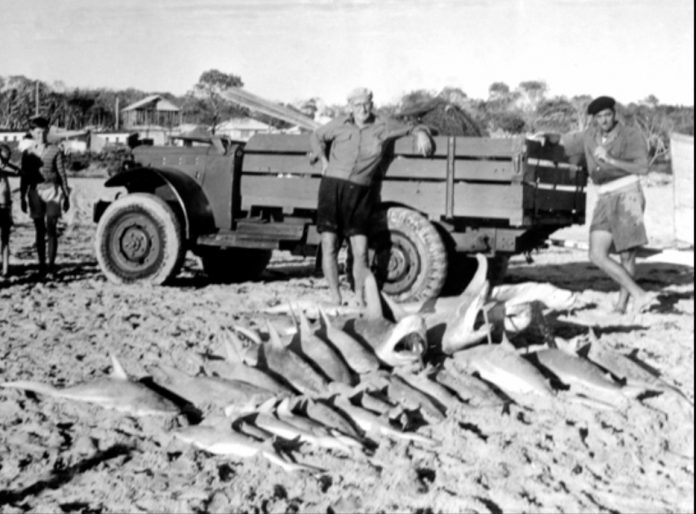Imagine ziplining over Mapleton Falls, going to the zoo at Tanawha and being blocked from a road because you didn’t have the key.
Here are 15 interesting anecdotes from the old days on the Sunshine Coast.
1. Waterfall highwire
Thomas D. Smith, in 1917, stretched a strong wire above the Mapleton Falls and set a cage on pulleys on the rope with a winch to operate a light cable.
Visitors who were brave enough, could wind themselves across the top of the Mapleton Falls and back again.
It was awe-inspiring with the falls, a wide, foaming mass of water, dropping hundreds of metres below and the perpendicular wall of rock surrounded by thick bush.
The flying fox fell into disrepair in the 1920s.
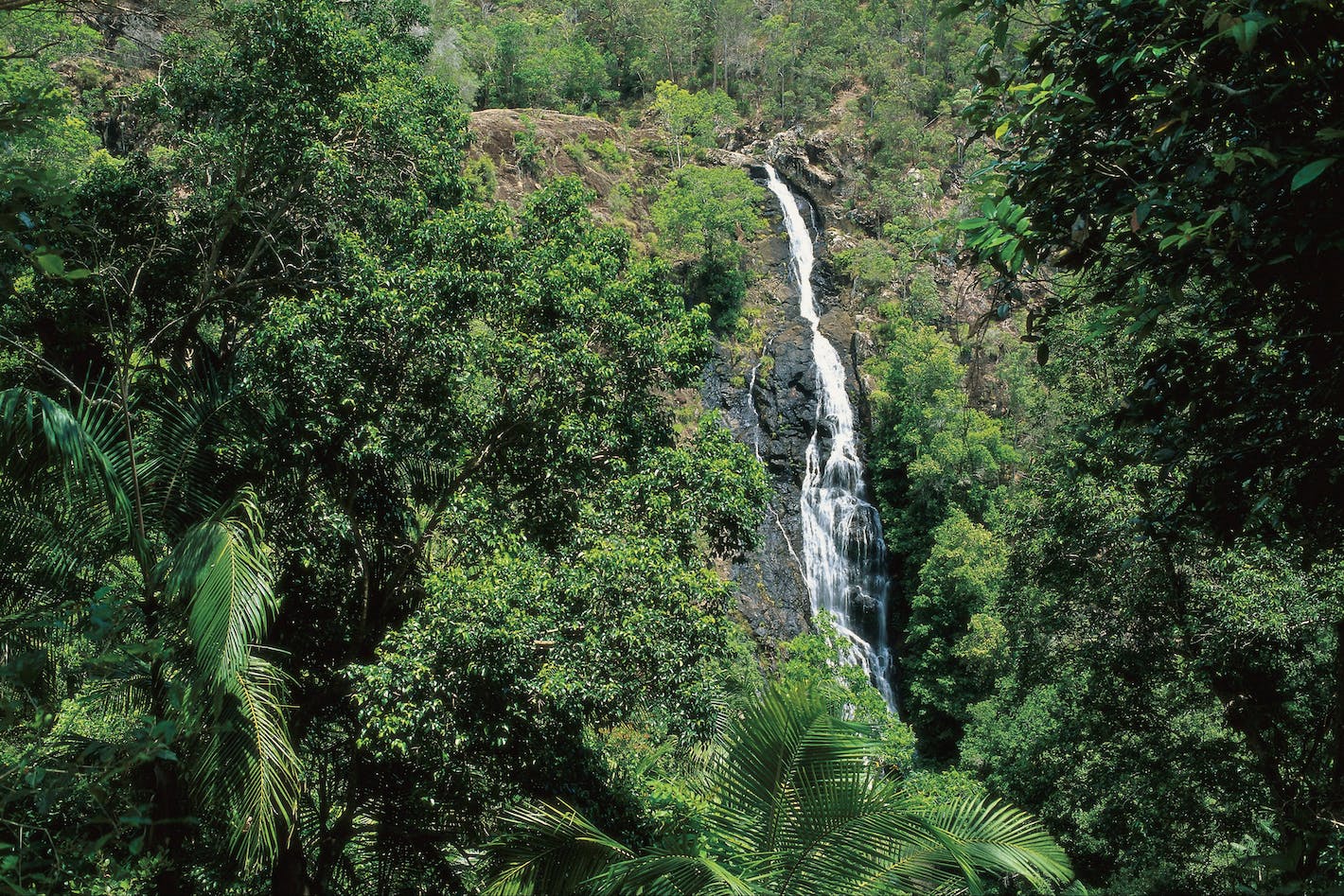
2. Tanawha menagerie
Seal Park, a zoo, opened at the intersection of Crosby Hill Road and what was then the main Bruce Highway at Tanawha, in 1962.
It had a giraffe, rhinoceros, hippopotamus and chimpanzees relocated from Ashton’s Circus, as well as koalas, kangaroos and snakes.
It was renamed Buderim Zoo and Koala Park around 1973, and finally closed in 1990.
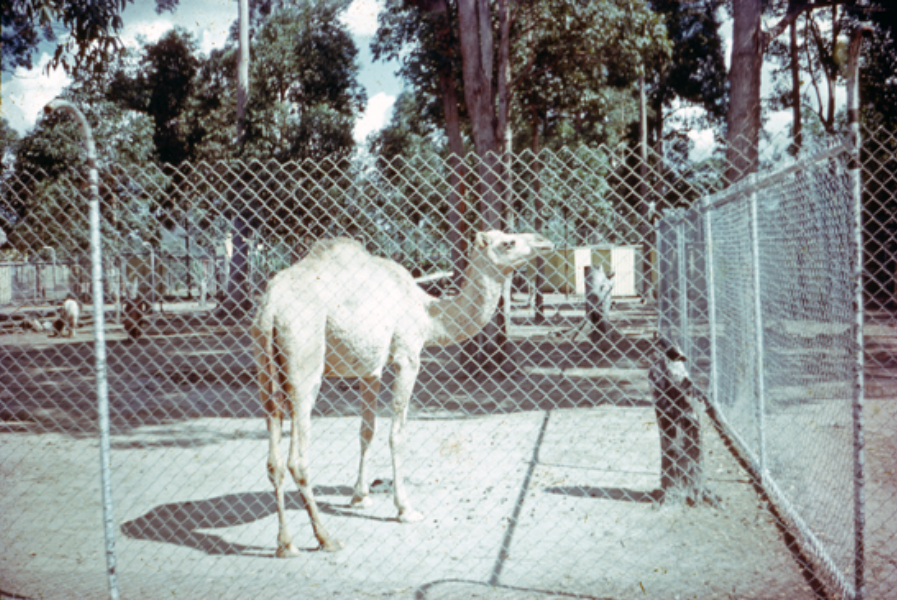
3. Under lock and key
Settlers from Dulong, Mapleton and Obi Obi built a road to Nambour in 1909 using ploughs, a horse-drawn scoop, pick and shovel, tip dray and wheelbarrow. Each man gave three weeks work.
When first built, it was classed as a private road and the barriers at both ends were locked. Only the volunteers who had helped build it were given keys to the locks.
4. Alex caravan park
When Maroochy Shire Council opened a council-managed caravan park at Alexandra Headland in 1952, it was the first caravan park in Australia to be sponsored by local government.
The move recognised the growing popularity of caravanning and its importance to tourism.
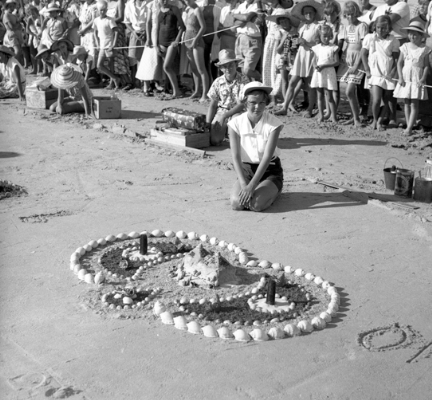
5. Sand castle rivalry
Sand garden competitions were held all along the beaches in the 1930s.
From the early 1940s, they were at most major beaches from Boxing Day to New Year’s Day. Competition was open to children under 15, and the rules were strict.
The sand castles and gardens had to be designed and finished by the competitor only, all items used had to have been found on the beach and time allowed was 1.5 hours.
6. Camping at Mooloolaba
A seaside shelter shed big enough to accommodate 150 people was officially opened at Mooloolaba on December 30, 1927.
The shed, with a large water tank attached, was erected by the Mooloolaba Progress Association for the convenience of campers and picnickers.
“The view from the Mooloolah Headlands is a very pretty one,” they said.
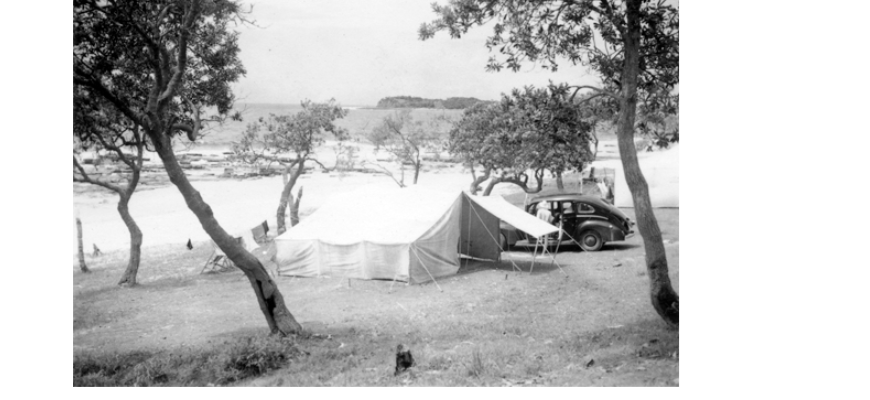
7. Rolling out barbed wire
David Williams, who planted bananas and later oranges in Mapleton, is reported as being the first person in the district to use barbed wire.
He walked beside his horse from Nambour to Mapleton with the coil of wire balanced on the saddle. His orchard was called Orangerania.
8. Life-saving fisherman
Lloyd Clarke, born in 1917, was a professional fisherman at Happy Valley in Caloundra and prior to the establishment of a surf lifesaving club, was called on to conduct surf rescues.
In between harpooning groper in the passage and catching piles of sharks — back when there was much more life in the sea — he rescued 43 people from the surf. The Clarke family had the city’s first ice works.
9. Bright lights of Nambour
Electricity came to Nambour in 1928 but it did not extend to the regions. Coolum was not connected to the electricity grid or the telephone network until 1955.
10. Couch patch
In early 1917, farmers and landholders from Eudlo and Ilkley area sent a petition to the state Department of Lands asking it to provide a camping reserve at Mooloolah Heads where many residents spent their holidays in tents.
They were offered an area known as the “Couch Patch” along the Mooloolah River which included 50 acres of coastal land, set aside as a camping and water reserve.
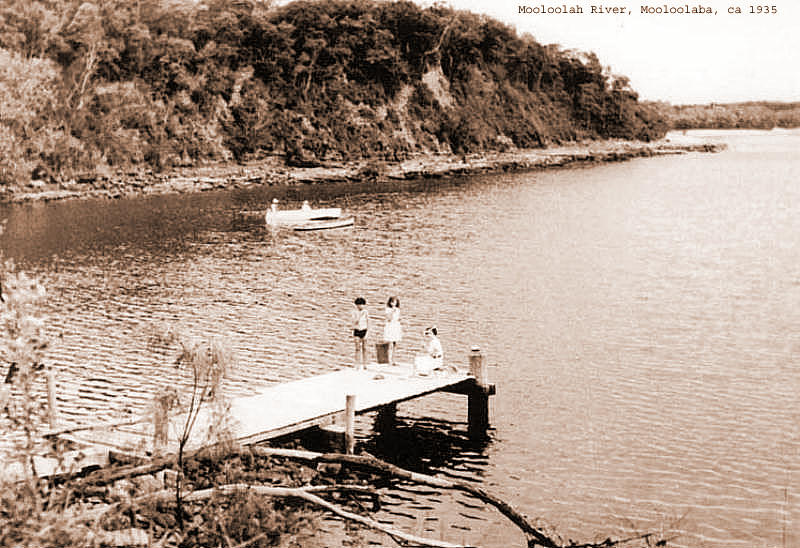
11. Caloundra lighthouse
On March 12, 1896, construction started on a timber-framed, metal-clad lighthouse in Caloundra, on land donated by Robert Bulcock.
It was completed in August and guided vessels into the North West Shipping Channel to Moreton Bay and the port of Brisbane until 1968. There were also two shore lights on towers on Bribie Island.
The lighthouse was moved to Golden Beach in 1970 and then returned to its original site in 1999.
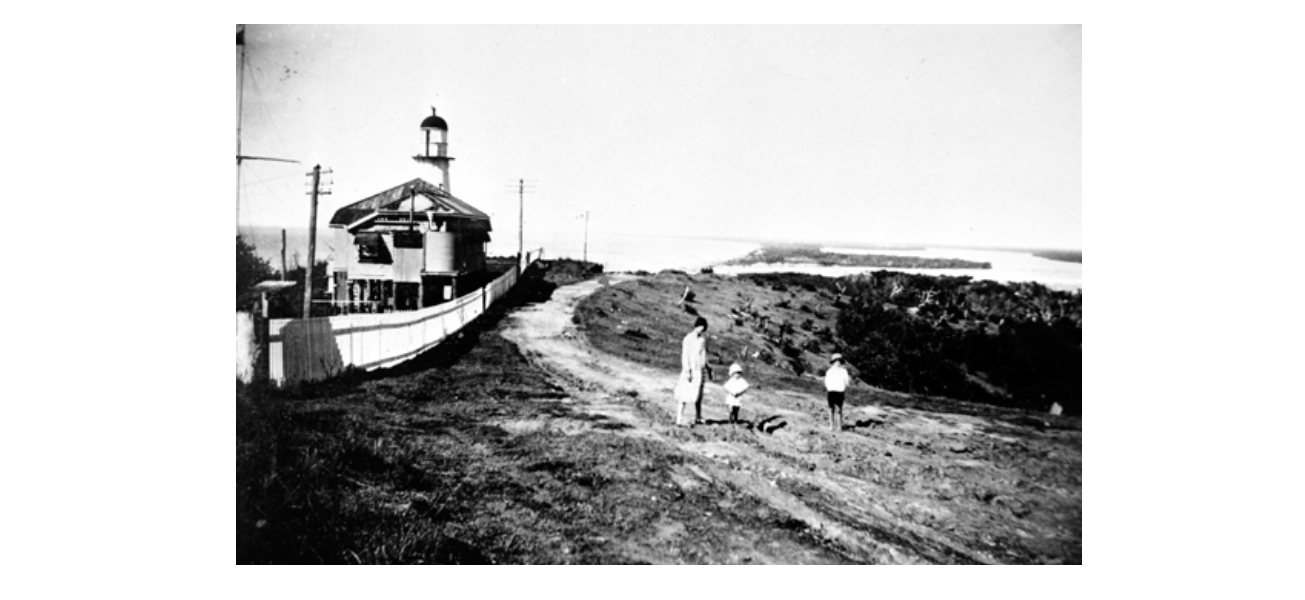
12. Seaside resorts
In April 1935, Maroochy Shire Council was keen to improve its seaside resorts “now that there is such an influx of visitors each holiday season”.
It asked the Main Roads Commission to declare a tourist road from Tanawha to Buderim, “a distance of about three miles” so that visitors from the south could have easy access to Buderim, Maroochydore, Mooloolaba, and Alexandra Headland.
13. Swamp canals
Kawana Estates managing director Noel “Mr Kawana” Burns famously said “the best land for canals is swamp land”.
Work on the first canal development at Kawana commenced on August 18, 1967.
The first two canals were Paringa and Barralong near the mouth of the Mooloolah River in 1968. Kawana Estates boasted it had “one mile of canals”.
14. Civic life
When the Cotton Tree Civic Complex opened at Sixth Avenue in 1976, it housed Maroochydore’s first public library, child care centre, art gallery and council offices.
Some ratepayers complained there was no need for such facilities, but within a decade the space was hopelessly inadequate.
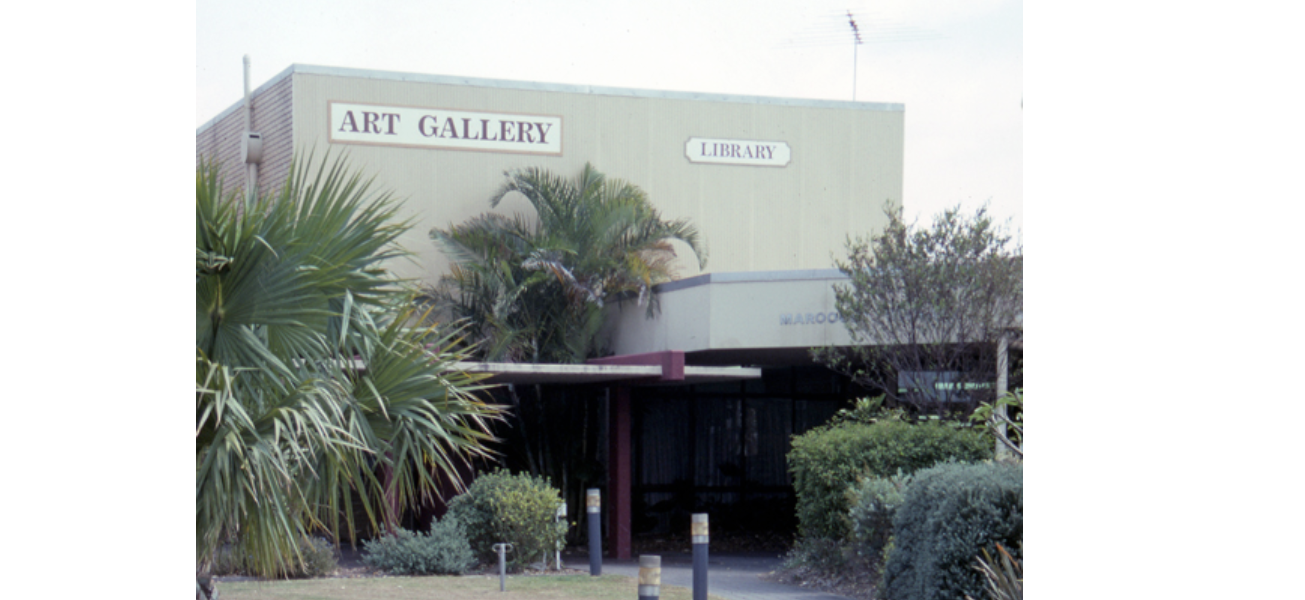
15. Seeing the future
Businessman Des Scanlan, known for building the Big Cow at Kulangoor, first floated the idea of a coastal city in 1980.
He said a time would come when three local shires would become a city was inevitable.
They were amalgamated to form the Sunshine Coast Regional Council in 2008, although Noosa withdrew in 2013.


